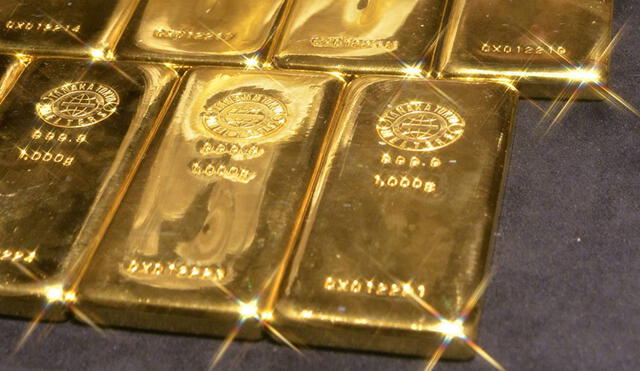Gold prices soar towards record high of $3,000 — Here’s what investors need to know
Continued uncertainties surrounding U.S. trade policies have further strengthened gold's appeal as a safe haven asset for investors.

Gold prices soared on Thursday, reaching a new all-time high of $2,985, although ready to extend the trend towards $3,000. Uncertainty over the United States trade policies and increasing chances of the Federal Reserve cutting interest rates support the precious metal. XAU/USD is trading at $2.983, up 1.70%.
The yellow metal's advance is set to continue as President Donald Trump launches a trade war with U.S. allies and adversaries, while attempting to reduce the trade deficit. The fluctuations of imposing and removing tariffs on imports keep money flowing into the safe haven appeal of gold.
Gold prices soar towards record high of $3,000
Gold prices rose to a new high as weak inflation prints in the United States supported interest rate cut bets, while President Donald Trump's recent tariff threats kept bullion's safe-haven appeal intact.
Spot gold rose 1.2% to $2,970.18 an ounce as cooling inflation data supports rate cut bets. The US Consumer Price Index (CPI) rose 0.2% in February, leading to an annual increase of 2.8%, slightly below the 2.9% anticipated and below the 3.0% increase in January.
The prospect of lower interest rates generally lowers the opportunity cost of holding non-yielding assets like gold, making them more attractive to investors.
Trump policies impact on global economy
Trump wants central banks to buy gold and investors to move stagnant dollar reserves globally. One of the consequences of this hoarding of dollar reserves has been the decline in U.S. manufacturing activity, among other negative effects. Meanwhile, the European Union, China, and Canada announced retaliatory measures in response to the 25% tariffs on steel and aluminum imposed by Washington.
Recently, some U.S. officials did not seem concerned about Wall Street's reaction to the Trump administration's trade policies. Treasury Secretary Scott Bessent said his comments last Friday about a “detox period” did not mean a recession was necessary. In contrast, Commerce Secretary Howard Lutnick said a recession would be “worth it” to implement the current administration's policies.
Dollar's decline? Here’s what investors need to know
The US dollar index was virtually unchanged in Asian hours, but remained near a four-month low hit last week, amid recession fears. A strong Dollar tends to keep the price of Gold in check, while a weaker Dollar is likely to push up Gold prices. Here are some common questions and their answers for those who seek to join the gold rush:
- Why invest in gold? The precious metal is considered a safe haven asset, meaning it is considered a good investment in turbulent times. Gold is also considered a hedge against inflation and currency depreciation, since it does not depend on any specific issuer or government.
- What is gold's relationship to other assets? Gold has an inverse correlation with the US Dollar and US Treasuries. When the dollar depreciates, the price of gold tends to rise, allowing investors and central banks to diversify their assets in turbulent times. Gold is also inversely correlated with risk assets. A rally in the stock market tends to weaken the price of Gold, while sell-offs in riskier markets tend to favor the precious metal.
- What does the price of gold depend on? Geopolitical instability or fear of a deep recession can cause the price of Gold to rise rapidly due to its status as a safe haven asset. As a non-yielding asset, the price of Gold tends to rise when interest rates fall, while rising money prices tend to weigh down the yellow metal. Still, most of the moves depend on how the US Dollar (USD) performs, as the asset is traded in dollars (XAU/USD).












